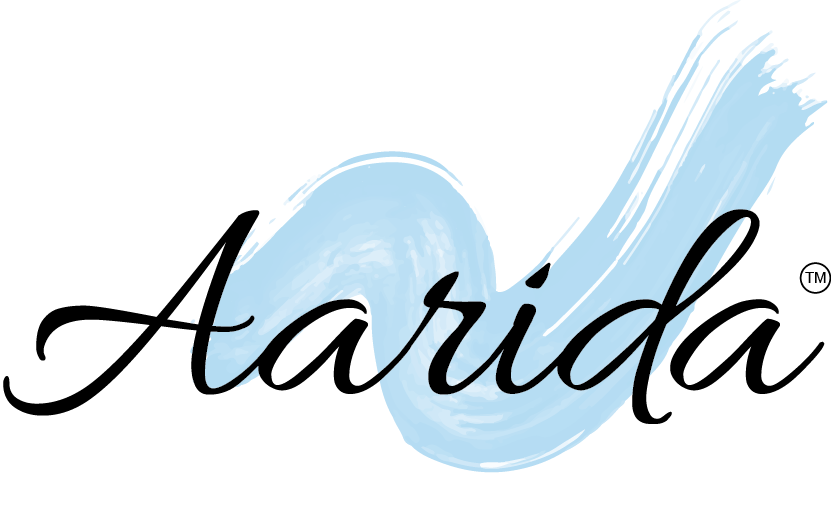From cotton to silk, the fabrics in your cupboard need specific care. While there are chances of our clothes’ quality going downgrade over time, with these fabric-care tips for washing, drying, and treating stains, you can keep your cloth look fabulous.

Remember, your clothing is an investment. Knowing how to treat the different types of fabric in your wardrobe can help keep clothes sustain. Go after these instructions to learn how to launder, dry, and iron common garment fabrics.
Always read the garment's sewn-in care label before proceeding further.
Common Fabrics & Their Care
Cashmere: Check the care label before washing the cashmere. To hand-wash, use a light detergent or shampoo. Gently squash the water through the garment, then rinse until the water runs clear. Don’t wring or twist. Squeeze out the spare water. To dry, lay it flat on a towel, aloof from sunlight or heat.
Cotton: Cotton holds up well to home washing. Take out the garment from the dryer quickly to reduce wrinkling.
Cotton blend: Dry cotton-blend garments using your dryer's permanent-press or low-heat cycle, and take off without delay to reduce wrinkling. Touch up with a steam iron; starch for a proficiently laundered look.
Linen: Most linen clothes need to be dry-cleaned or hand-washed. Specifically follow the directions on the care label. To touch up or press, use a steam iron on a linen setting for a hard look.
Nylon: Machine-wash nylon garments in lukewarm water. Use a low-temperature setting for tumble-drying, and include a dryer sheet to reduce static electricity. Use a warm iron to press, if necessary.
Polyester: Read the label. Generally polyester items can be machine-washed (cool) and dried (low). Check the label if air-drying is recommended. Retouch with a cool -- never hot -- iron, if necessary.
Silk: Dry cleaning could also be needed. Some silks are hand- or machine-washable. Don’t dry silk in a (clothes) dryer. Garments look best when professionally dry-cleaned.
Wool knit: Generally wool knits need to be dry-cleaned, however it is recommended to check the label. Use cool water and a detergent for fine washables if the garment is hand-washable. Squeeze out excess water, then reshape and dry flat.
Wool (lined): Lined clothes typically look best when professionally dry-cleaned once a season. Between dry cleanings, take off surface soil with a brush or moist cloth. Refresh the item by hanging it from a soft hanger in a steamed up bathroom; dampness will help garment shed wrinkles. For touching up with an iron, use steam in an up-and-down motion (rather than sliding the iron along the fabric).

